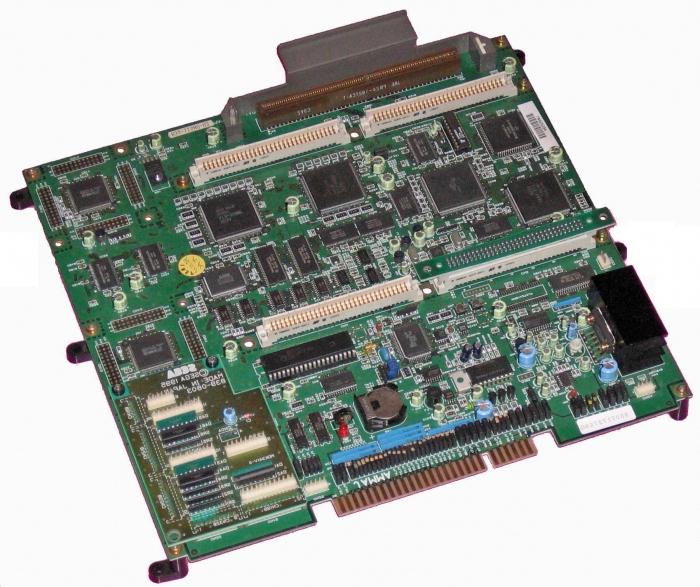BIOS - the basic input and output system, is implemented in the form of microprograms necessary to provide the operating system with access to the hardware of the computer. In other words, thanks to this system, the PC is initially booted up, and the OS has access to hardware: keyboard, hard drives, network cards, video card, various ports, etc.
Why do I need a Bios update? Motherboard manufacturers do not always have time to develop a complete optimal code for its work, therefore, already in the sales process they are engaged in its optimization. Find ready-made files for updating Bios,You can from the manufacturer of the motherboard. The BIOS should not be flashed just like that, there must be some good reason for this, for example, you have a need to expand the functionality of supported devices, or at the moment there are any malfunctions in the operation of the hardware. Only in such situations should you take on updating Bios, otherwise this is a risky activity that could completely disable the motherboard. Among other things, if the motherboard is under warranty, then by flashing the BIOS, you will lose it. In other words, think 10 times before embarking on this case.
So, let's move on to the BIOS flashing operation . We will tell you how to do this, using the example of motherboards from Gigabyte. Update Bios Gigabyte by and large does not differ from a similar operation with the motherboard of other manufacturers.To work, we need a new version of the BIOS, a USB flash drive (if you plan to update when the computer boots, which is preferable). Before flashing, you need to prepare a USB flash drive, for this it is convenient to use third-party software, for example USB Disk Storage Format. The bottom line is to format the flash drive in FAT32 format, while choosing the path to the BIOS files in the program. They consist of three files, but we are interested in one of them, which has the extension .FC.

The above method of working with Gigabyte boards is applicable to other boards. That is, updating Asus Bios , for example, will happen in the same way.
Some manufacturers allow BIOS flashing through the operating system using a special utility. But we would not recommend doing this, because a malfunction in the operating system can lead to unpleasant consequences.